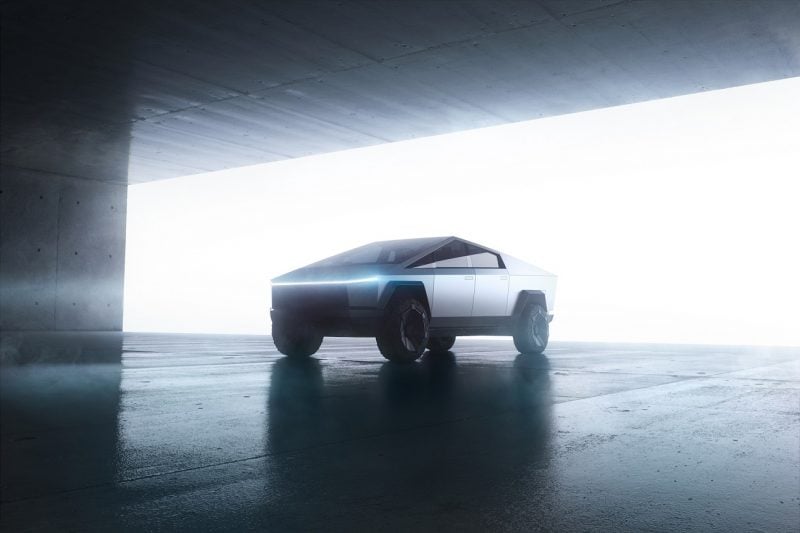Back in 2017, Space Policy Directive-1 called for NASA to “lead an innovative and sustainable program of exploration with commercial and international partners to enable human expansion across the solar system and to bring back to Earth new knowledge and opportunities.” This directive ultimately led to NASA’s Artemis program, which if all things go according to plan, will see US astronauts lead a mission to land on the moon by 2024 and a mission to Mars by 2030.
In order to facilitate transportation on the moon and ultimately Mars, NASA is calling on US companies to help design a Lunar Terrain Vehicle (LTV) for traversing the moon’s surface. The vehicle will need to be a human rated, unpressurized rover to allow astronauts to explore and conduct experiments. NASA is also looking for designs for unmanned robotic mobility systems, which will allow NASA to transport equipment across the moon’s surface.
“As we return to the Moon with Artemis, we’re seeking new and innovative approaches that allow us to operate robotically anywhere on the lunar surface and explore more of our nearest neighbor than ever before,” said Steve Clarke, Deputy Associate Administrator for Exploration, Science Mission Directorate at NASA Headquarters in Washington.
NASA is also interested in hearing from more than just the traditional large aerospace and defense companies that typically respond to these design requests.
According to the Marshall Smith, Director of Human Lunar Exploration Programs in the Human Exploration and Operations Mission Directorate at NASA Headquarters, “We also want to hear from industry leaders in all-terrain vehicles, electric vehicles, and more—this is not exclusive to the space industry”
The new lunar terrain vehicle and robotic mobility systems will be used extensively on the moon to help test systems and technologies before sending a crew to Mars by 2030. More information on NASA’s RFI is available at NASA’s website here.
Gear Primer’s Take
Hey NASA, have you seen the Tesla Cybertruck?


0 Comments